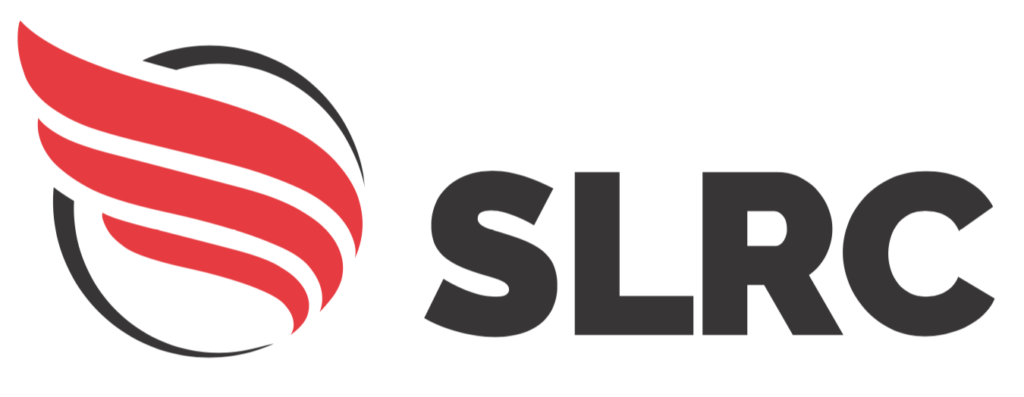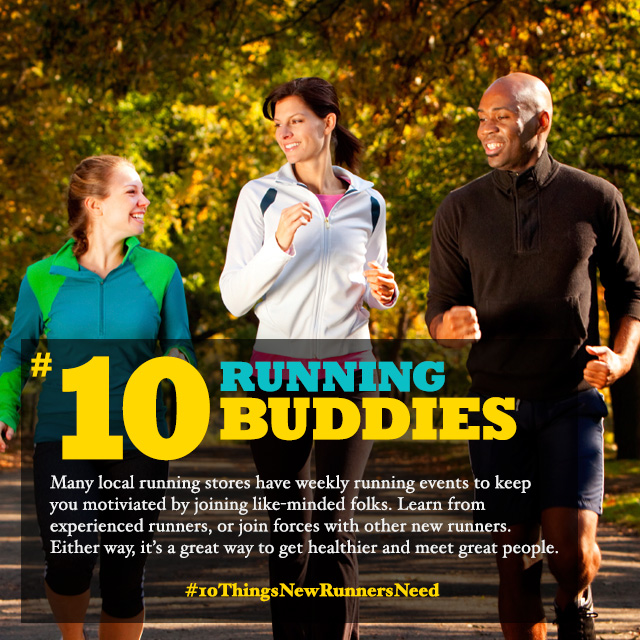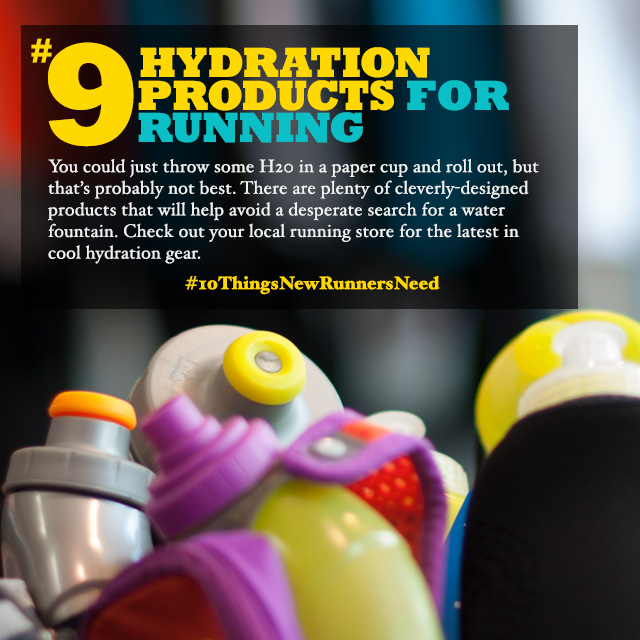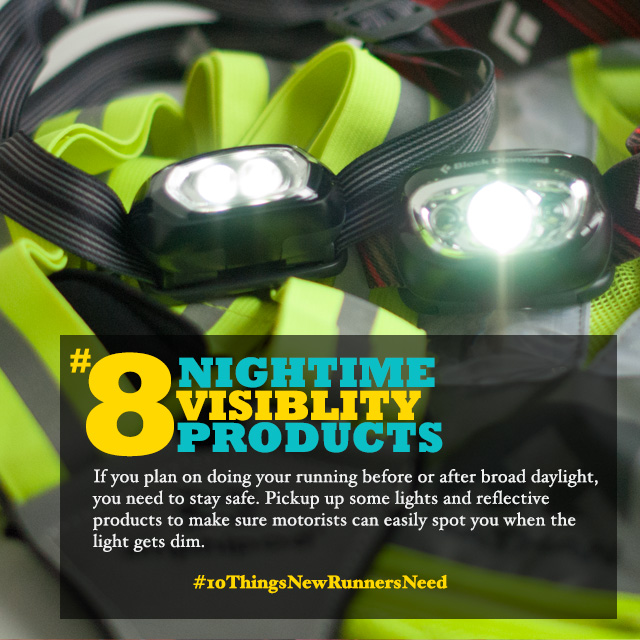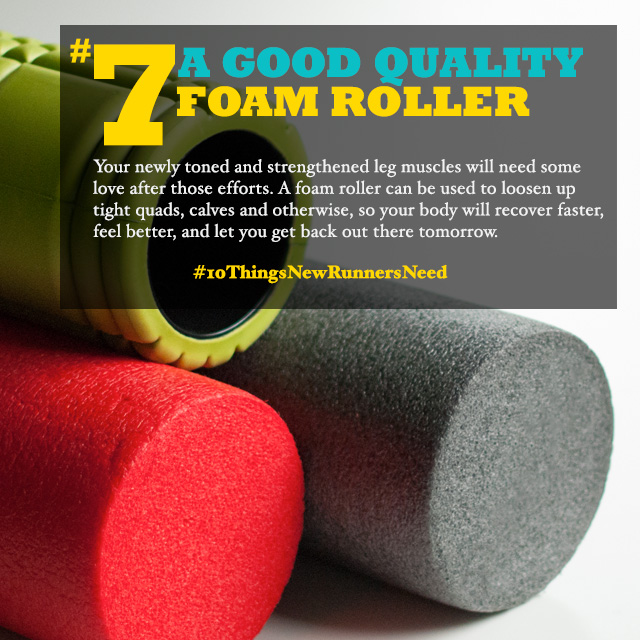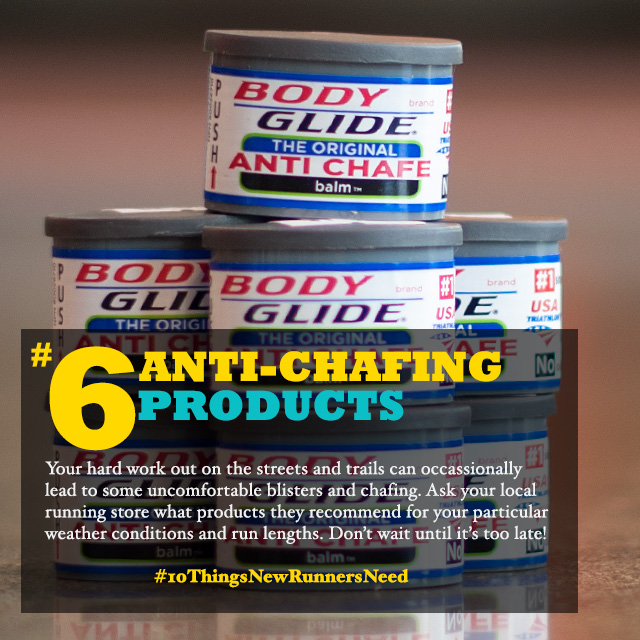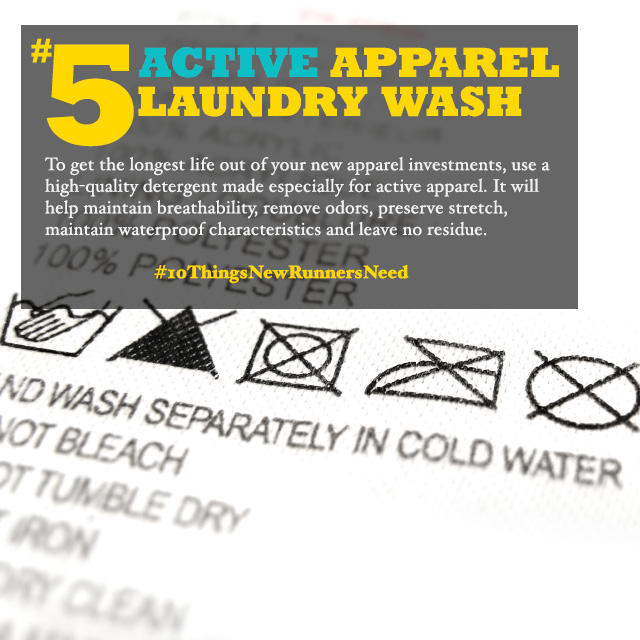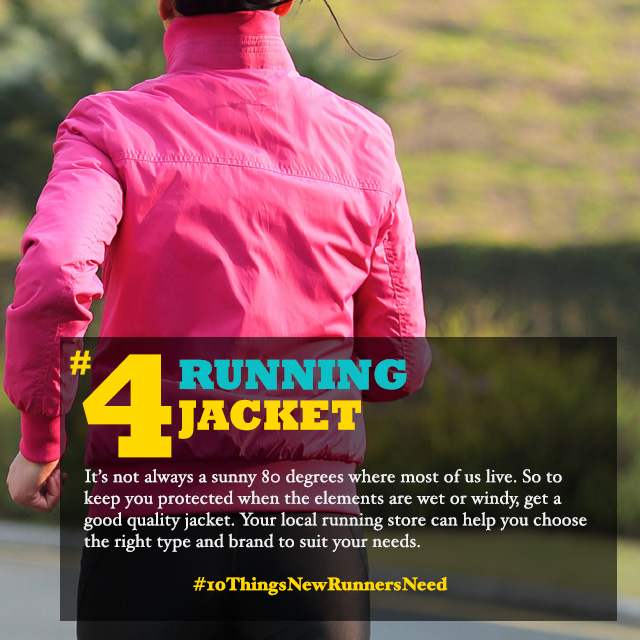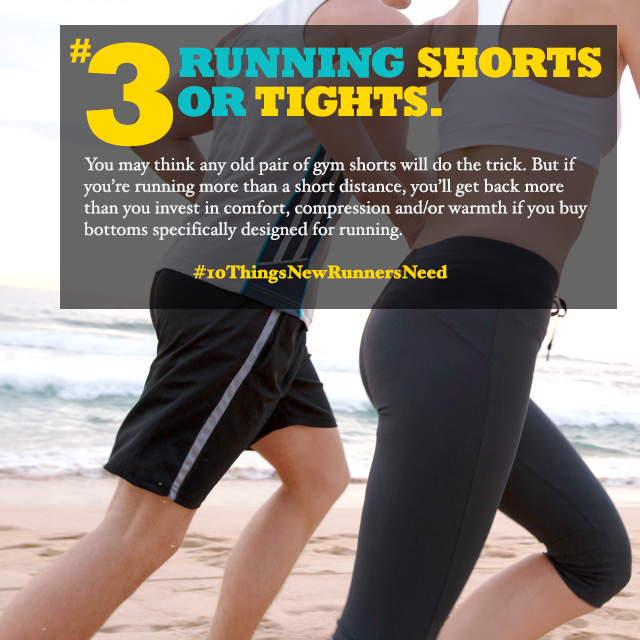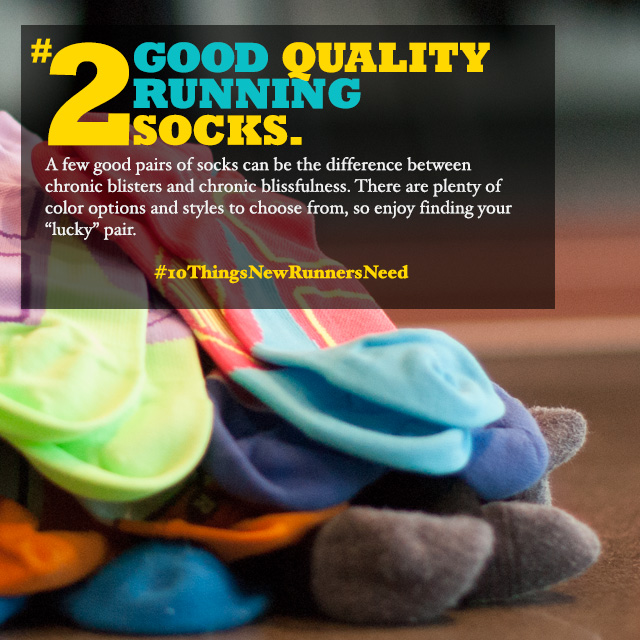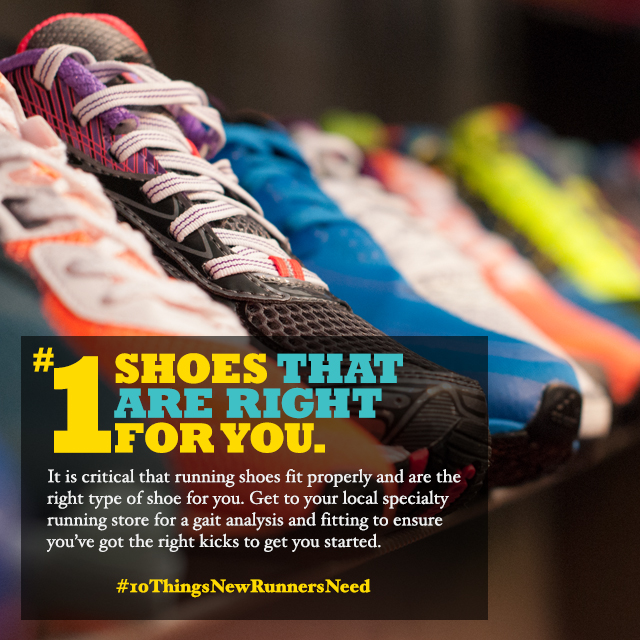10 – Running Buddies
Starting anything new isn’t easy; on average it takes 3 weeks to form a new habit, whether that’s flossing every day or sticking to your workout plan. Having someone to train with can help both of you stay accountable and gives you an opportunity to encourage each other and catch up on the latest news. If you don’t have any of those “crazy runner” friends already, encourage someone else to join you in your training or join one of our training groups!
9 – Hydration Gear
If you read our blogs on the importance of hydration then you know that water is vital not only to keep you feeling fresh on your runs, but also for maintaining energy and bodily functions during your daily life. No matter what distance you’re running, as the summer months approach and the weather heats up you’re going to want water available on your runs. Check out the different types of hydration products available and come in to any of our stores to test them out for yourself.
8 – Reflective and Visibility
Unfortunately, it’s not uncommon to hear stories of friends or see on the news that yet another runner or biker has been hit by a car during their routine workout. If you’re ever going to be running at dawn, dusk, or in the darker hours it is essential that you have reflective gear and lights to protect yourself and others out on the road or trail. Reflective vests, bands, and clothes will all help to alert others that you’re coming and are a great reminder to those sleepy drivers that you need some extra space. Lights will alert other pedestrians of your approach to help you avoid collisions because, let’s face it, no one wants to return home with battle scars from their casual morning run, right?
7 – Foam Roller
Often times I’ll ask customers who come to the store with aches and pains, “Do you have a foam roller?” “Oh yeah, that thing, I’ve got one” is one typical response that comes along with a grimace. “No, what’s that?” is the runner-up. Foam rollers are something that every runner should become acquainted with. It’s like having your own personal, in-home masseuse for a one-time fee! When your muscles are feeling sore and achey (and this is nearly inevitable) rolling them out will help flush out the lactic acid and give them a massage that “hurts so good” according to avid users. It’s also great for loosening up tissues like the IT band, which is often tight and can cause pain on the outside of the knee. In my opinion, foam rolling is one of the easiest and most effective ways to reduce soreness. Check out our video, or visit one of our locations and ask any of our sales associates!
6 – Anti Chafing
Have you noticed those irritating little rashes under your arms, between your legs, or around the band of your bra (for our female readers)? Chafing is a common nuisance for runners and it doesn’t discriminate by speed or size. Especially if you’re wearing cotton, the seams and high friction zones in your clothes can start to rub and cause irritation which makes it rather uncomfortable to walk, much less run. First, AVOID COTTON, as it will absorb and hold on to your sweat, making the fabric heavier and more likely to cause chafing and blistering. Second, get yourself some BodyGlide or TriSlide, depending on what activities you’ll be doing. These will help reduce friction and make your experience much more enjoyable.
5 – Sport Laundry Wash
You’ll want to invest in some good, moisture-wicking clothing for your workouts, which I’ll go into more detail on shortly. Since these pieces can be a bit more of an investment, you’ll also want to make sure to take good care of them to maximize the fabric’s effectiveness and longevity. It’s definitely worth it to have that $40 top on a hot day when you’re sweating bullets, but using the wrong detergent to wash that same shirt can greatly reduce its productivity. Any soap with dyes or perfumes can clog up the pores of the material and, over time, can reduce its functionality. Regular detergents are typically designed for cotton, which is water-loving, but your running apparel will repel water and this can lead to a buildup of oils and odor (think stinky gym bag smell). Grab some Win detergent to see the difference yourself.
4 – Running Jacket
As we all know, the weather here can change in an instant, and it isn’t always considerate of your training plan. Whether it’s windy, rainy, or both, you’ll be thankful for a wind- and water-proof (or at least resistant) jacket. A good running jacket will be light, but also protect you from the elements. Many also have more breathable fabric in the high-sweat areas under your arms and on the back for ventilation. When you need it, you’ll be thankful you have it. A great investment in run comfort!
3 – Running shorts/tights
One great way to avoid chaffing is getting a pair of well-fitting, moisture-wicking, non-cotton shorts or tights. The temperature and your comfort level may determine which you start with but you’ll want to have at least one pair that fits properly around the waist and thighs and won’t cause excess rubbing from being too baggy or too tight. You can go with a short that has compression inside or the more standard brief and find a length that’s comfortable for you. As long as it fits, there’s no wrong answer! And even better, most shorts and tights come with pockets for your phone, keys, some nutrition and other small essentials. Do a little jog test in the fitting room or around the store, we’re all runners, we’ll understand.
2 – Running Socks
You’d be amazed how much a pair of socks can affect your run. Imagine yourself on a run on a hot day and your feet start feeling gross and sweaty, soon you can feel a blister forming, you’re overheating, and you’re still 3 miles from home. Now, picture that same run but your feet are a comfortable temperature, they don’t feel soggy in your shoes, and there aren’t any “hot spots” rubbing against your shoes. Can you guess which run involved cotton socks vs. synthetic? While your cotton socks are holding onto your sweat, falling down on your heels, and causing blisters, your synthetic sock will fit your foot better, stay in place, help you avoid blisters, and get the moisture away from your foot. You’ll enjoy your runs and everyday life immensely more with a great pair of socks!
1 – The right shoe for you
The single, most important piece of equipment for a runner are the shoes. The right shoe can help your run feel comfortable, fast, and supported while the wrong shoe for you can cause shin splints, IT band pain, blisters, and a host of other discomforts. There is a lot to consider when purchasing your shoes, from how much you pronate to how much cushion you like to the type of surface on which you’ll be running. There are a lot of great resources on the “best” shoes out there, but the only way to find a really good fit for you and your feet is to have an expert watch you run and help guide your decision. We’ve already done all of the training, so come on in for an analysis of your stride and let us help you find your perfect match! You don’t have to suffer while you run. You can push yourself, work hard, and still avoid discomfort and injury.
